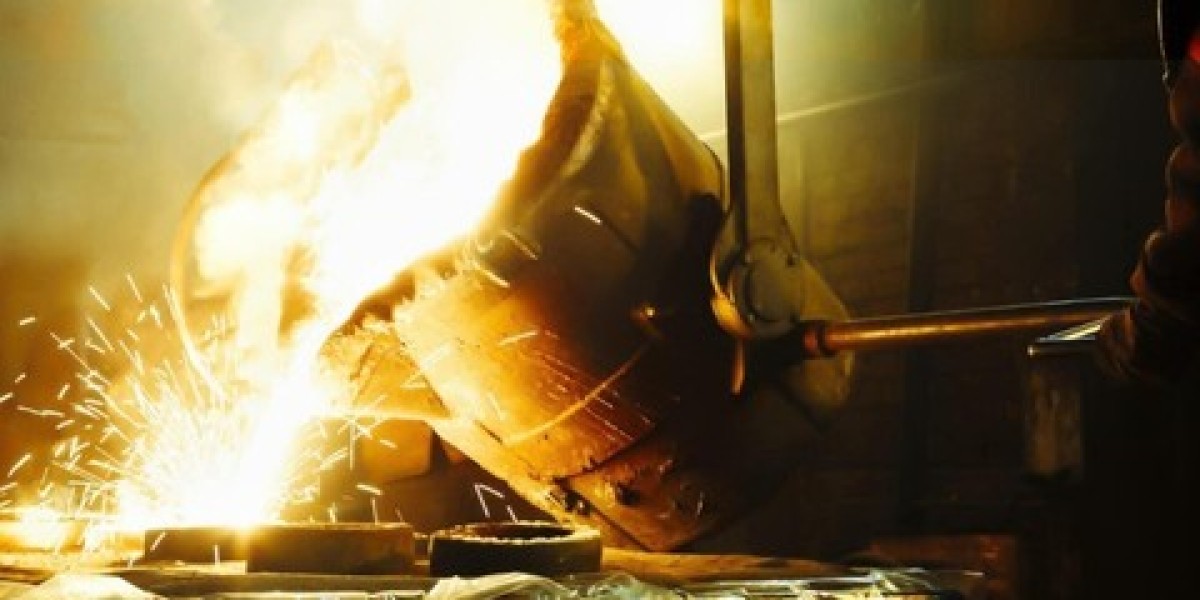Steel casting is a crucial manufacturing process employed across various industries, including automotive, aerospace, construction, and infrastructure. It involves melting steel and pouring it into a mold to achieve complex shapes and precise dimensions. This guide aims to provide a comprehensive overview of steel casting, covering its principles, techniques, applications, and best practices.
Understanding Steel Casting: Steel casting is a manufacturing process where molten steel is poured into a mold to form a desired shape. The process begins with the selection of high-quality steel alloys, which are melted in a furnace at temperatures exceeding 2,500°F. Once molten, the steel is poured into a pre-designed mold cavity, where it solidifies to take the shape of the mold.
Types of Steel Casting:
- Investment Casting: Also known as lost-wax casting, this method involves creating a wax pattern of the desired part, coating it with a ceramic material, and then melting out the wax to leave a cavity for the molten steel.
- Sand Casting: Involves creating a mold using a mixture of sand and a binder, then pouring molten steel into the mold cavity formed by the pattern.
- Die Casting: Utilizes reusable metal molds called dies to produce intricate shapes with high accuracy and repeatability.
Advantages of Steel Casting:
- Design Flexibility: Steel casting allows for the production of complex shapes and intricate geometries that are difficult or impossible to achieve with other manufacturing processes.
- Strength and Durability: Steel castings offer exceptional mechanical properties, including high strength, toughness, and wear resistance, making them ideal for demanding applications.
- Cost-Effectiveness: While initial tooling and setup costs may be higher, the ability to produce large quantities of high-quality components with minimal machining often results in overall cost savings.
Applications of Steel Casting:
- Automotive Industry: Engine components, transmission parts, and chassis components.
- Aerospace Industry: Aircraft engine components, landing gear parts, and structural components.
- Construction and Infrastructure: Bridge components, railroad parts, and structural steel elements.
Best Practices for Steel Casting:
- Proper Material Selection: Choose steel alloys with the appropriate mechanical properties and corrosion resistance for the intended application.
- Mold Design Optimization: Design molds with proper gating and risering systems to ensure uniform filling and solidification of the casting.
- Quality Control Measures: Implement rigorous testing and inspection procedures to verify dimensional accuracy, mechanical properties, and surface finish of the castings.
In conclusion, steel casting is a versatile manufacturing process that offers numerous advantages in terms of design flexibility, strength, and cost-effectiveness. By understanding the principles, techniques, and best practices outlined in this guide, manufacturers can master the art of steel casting and produce high-quality components for a wide range of applications.



